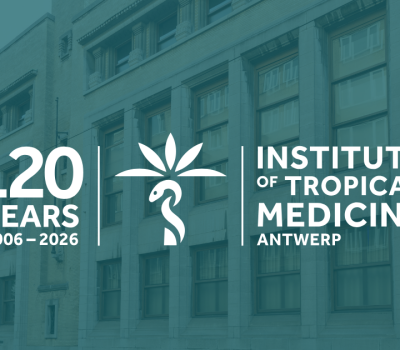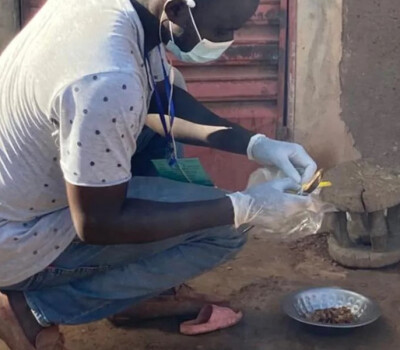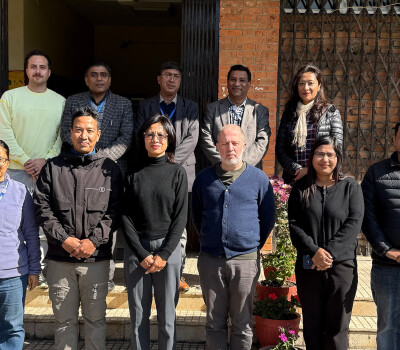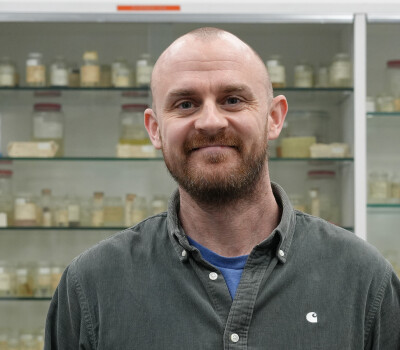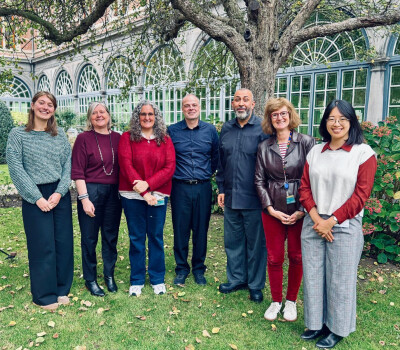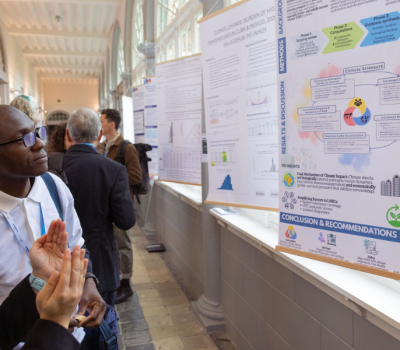HIV among migrants in precarious circumstances in Europe

Migration to the EU could increase by 2030 up to 44% due to conflict, poverty and climate change. This calls for more attention on the nexus between health and migration. That is why on June 2 the Institute of Tropical Medicine (ITM) and the Centre for Migration and Intercultural Studies (CeMIS) of the University of Antwerp organised the third Migration and health seminar. On this theme, ITM’s Sexual and Reproductive Health Research Group published a review in The Lancet HIV on HIV among migrants in precarious circumstances in Europa.
“Migrant” is an umbrella term for various population groups, including first-time asylum seekers, refugees, migrant workers and people with irregular status. Migration in itself is not a risk factor for HIV, but the structural conditions in which migrants may find themselves during transit and in destination countries are associated with socials vulnerabilities, which make them more susceptible to HIV. For instance, sexual assault, violence, sinecure livelihood, reduced social entitlement and inadequate access to labour markets and health care. Therefore, removing policy and health care barriers and strengthening measures against stigma and discrimination are crucial if we want to end AIDS by 2030.
HIV affects vulnerable groups the most
There are substantial gaps in the data on how much and how often HIV affects migrants and their access to the HIV care continuum (HIV diagnosis, access to treatment, reaching suppressed viral load) in Europe. Researchers from the Sexual and Reproductive Health Group of the Department of Public Health worked with UNAIDS on a review to bring all the information together and identify the gaps. They asked three questions: "What is the burden of HIV among migrants in precarious circumstances in the EU and EEA?", "Which groups are particularly affected?", and "Which factors shape access to HIV care?".
‘The review revealed the existing disparities in HIV burden and access to HIV services for migrants in Europe’, says Christiana Nöstlinger, senior researcher at ITM. ‘Migrants living in precarious circumstances must be granted access to prevention, testing, and treatment, but the ideological sensitivity of this topic prevents many EU countries from implementing evidence-based strategies known to work.’
Barriers of access to care
The review shows that HIV is more prevalent among migrants living in precarious circumstances in Europe and that the number of HIV cases within this group is is significantly higher compared to the general population. They also experience multiple barriers in accessing HIV prevention and care. These barriers are found on four levels: the policy level, the health system level, the community level and the individual level. Migrants encounter administrative complexity, language and communication problems, and multiple forms of stigma, among other things. In some countries migrants without residence status are only entitled to emergency care. This can lead to exclusion from HIV treatment, as HIV is considered a chronic disease. In other countries, such as Belgium, it requires complex administrative steps. Only 15 of 28 EU and EEA (EU27 + UK) provide full and free access.
Although limited evidence was available, the study could identify some examples of effective strategies such as sexual health promotion through mobile outreach units from community organisations, strengthening structural and intercultural competence of health care providers and tailored structural support. For this to succeed, it is essential to involve communities and key populations in HIV prevention and care. Given the precarious circumstances, in which many migrants find themselves, it is important to not focus solely on HIV, but also work on the structural vulnerabilities that put migrants at risk. While research demonstrates what works in prevention and care, political will is needed to implement these strategies.
Do you want to know more about this topic?
Christiana Nöstlinger gave a presentation during the webinar “Vulnerable and nowhere to go: Migrants and HIV,” organised by UNAIDS. Watch the webinar.
Couldn’t attend the Migration and health seminar? Watch the recording (password: sydN2wv.).
Spread the word! Share this story on
